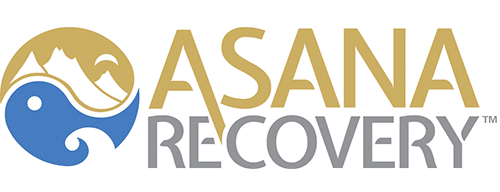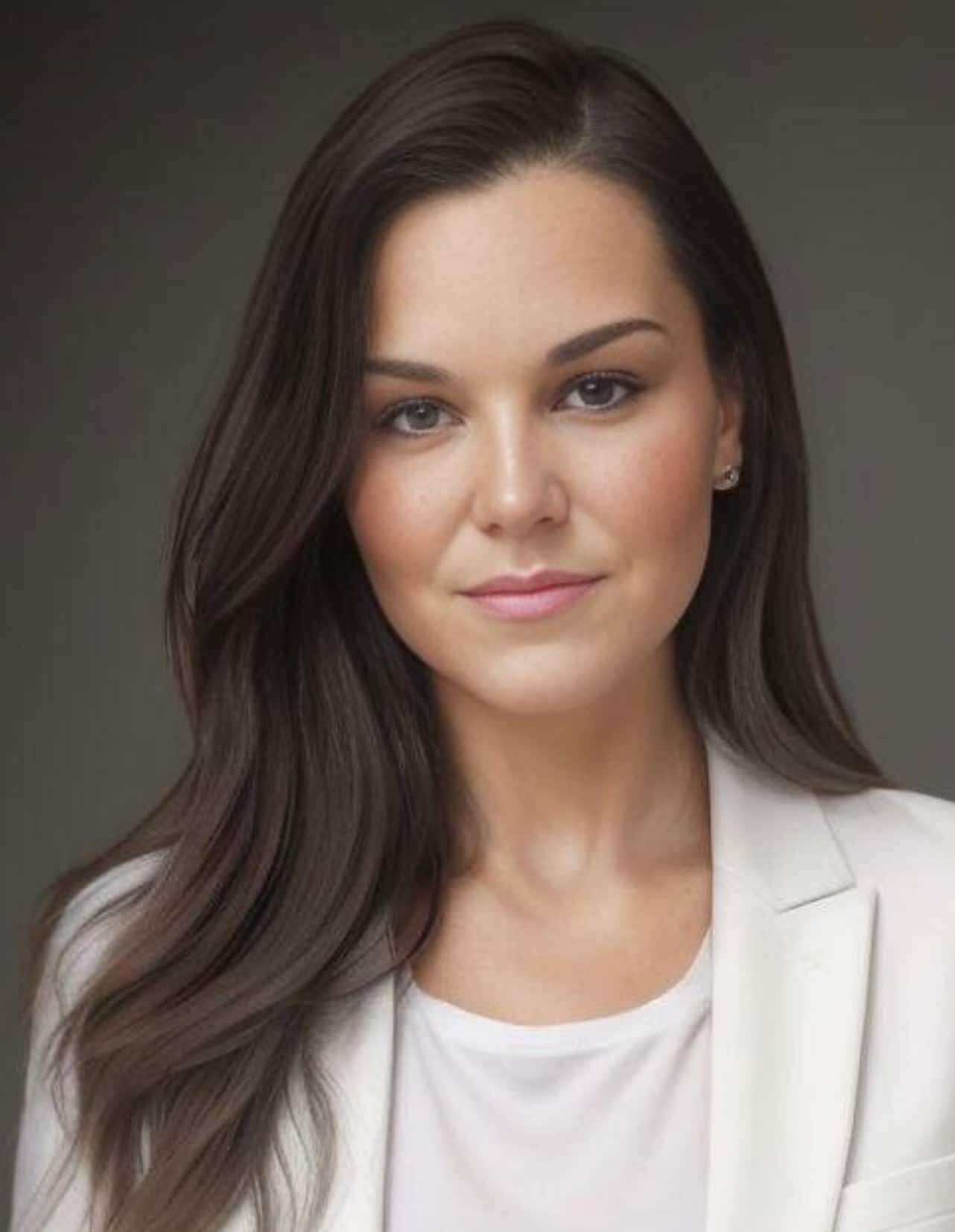About 500,000 Californians live with a dual diagnosis of mental illness and substance use disorder as reported by the California Healthcare Foundation. The landscape of dual-diagnosis treatment centers in California is multifaceted, offering a plethora of options for individuals grappling with co-occurring substance abuse and mental health disorders. But all may not be what it appears.
In this article, we challenge assumptions and unravel the myth of California’s superiority in dual diagnosis treatment, questioning whether the state truly leads the pack or if it’s merely an illusion.
The Myth of Superiority
California Dreamin’ or Nightmare? California’s allure as a pioneer in progressive healthcare practices has long been celebrated. With its reputation as a trailblazer in mental health advocacy and treatment, the Golden State often stands as a symbol of innovation and excellence.
However, when it comes to dual diagnosis treatment—addressing both mental health disorders and substance abuse simultaneously—the reality may not always match the perception.

Challenging Assumptions
California’s reputation precedes it, particularly in the realm of healthcare. The state is often hailed as a leader in progressive approaches to mental health treatment, with a purported emphasis on holistic care and innovative interventions. Yet, when we scrutinize the landscape of dual diagnosis treatment within California, discrepancies between perception and reality emerge.
The Illusion of Progress
Perception: California is perceived as a bastion of progressive healthcare, with a commitment to addressing mental health and substance abuse issues in tandem.
Reality: Despite the state’s progressive reputation, the efficacy and accessibility of dual diagnosis treatment services may not always align with expectations. In fact, according to the study reported above, only about 7.4% of those with dual diagnosis receive treatment for both conditions.
Dissecting the Dual Diagnosis Treatment Scene
Accessibility: While California boasts a plethora of treatment centers, the accessibility of dual diagnosis programs for all socio-economic groups remains questionable.
Quality of Care: The standard of care provided within California’s treatment centers may vary significantly, with issues such as staff training, facility resources, and treatment modalities coming into question.
Unveiling the Disparities
For those with a dual diagnosis of mental illness and substance use disorder, it can be difficult to receive fully coordinated and effective care. For people with low incomes, the barriers can be even higher and lead to unnecessary suffering and poor health outcomes
Socioeconomic Disparities: Individuals from marginalized communities may face barriers to accessing quality dual diagnosis treatment, exacerbating existing inequalities.
Geographic Disparities: Discrepancies in the distribution of treatment centers across California’s diverse regions may result in uneven access to care for residents.
Beyond the Smoke and Mirrors:
Marketing vs. Reality: The portrayal of dual diagnosis treatment centers through marketing materials and promotional campaigns may not always reflect the actual experiences of patients and their families.
Ethical Considerations: Ethical dilemmas within the dual diagnosis treatment industry, including issues of patient rights, informed consent, and the prioritization of profit over patient care, must be addressed.
As we peel back the layers of perception and confront the realities of dual diagnosis treatment in California, it becomes evident that the state’s reputation as a leader in healthcare innovation may not always hold in this particular domain.
While California may indeed possess progressive ideals and aspirations, the gap between rhetoric and reality underscores the need for critical examination and reform. By challenging assumptions and unraveling the myth of superiority, advocates and consumers pave the way for a more honest, equitable, and effective approach to dual diagnosis treatment in the Golden State.
The Dichotomy of Options
The dichotomy of options in dual-diagnosis treatment centers in California presents patients with a complex decision-making process. On one hand, the diversity of options offers patients the opportunity to find a facility that aligns with their preferences, needs, and financial circumstances.
The Risk of Decision Paralysis
Luxurious retreats provide amenities and comforts that may enhance the overall treatment experience, while no-frills facilities focus on affordability and accessibility. However, this variety also introduces challenges, as patients may become overwhelmed by the plethora of choices available, leading to decision paralysis or uncertainty about which facility will best meet their needs.
Luxury Centers
For some patients, the allure of luxury treatment centers may seem appealing, promising a serene environment and upscale amenities. These facilities often offer spa-like accommodations, gourmet meals, and recreational activities, creating an atmosphere of comfort and relaxation. However, the emphasis on luxury amenities may overshadow the quality of clinical care provided, leading to concerns about the effectiveness of treatment and the prioritization of superficial comforts over evidence-based therapies.
No-Frills Centers
On the other end of the spectrum, no-frills facilities may offer a more straightforward and cost-effective approach to treatment. These centers prioritize affordability and accessibility, providing essential services without the bells and whistles of luxury retreats. While these facilities may lack the lavish amenities of upscale counterparts, they may offer quality clinical care and evidence-based treatments, focusing on the core components of recovery without unnecessary frills.
Tradeoffs To Consider
Ultimately, patients must navigate the dichotomy of options in dual-diagnosis treatment centers by carefully considering their priorities, preferences, and treatment goals. While luxury retreats may offer comfort and indulgence, the quality of clinical care should not be overlooked.
Conversely, no-frills facilities may provide essential treatment services at a lower cost, but patients should ensure that these centers meet their clinical needs and standards of care. Balancing variety and quality is essential in selecting a dual-diagnosis treatment center that delivers on its promises.
The Elephant in the Room: Cost
The elephant in the room regarding California’s dual diagnosis treatment centers is undeniably the cost of healing. While these centers often boast cutting-edge therapies, comprehensive care, and luxurious amenities, the hefty price tag attached to their services raises significant questions about accessibility and equity.
On one hand, the upscale nature of many dual diagnosis treatment centers in California can be seen as a form of elitism, catering primarily to those with substantial financial means. The exorbitant costs associated with these facilities create barriers to access for individuals from lower socio-economic backgrounds, perpetuating disparities in healthcare access and exacerbating existing inequalities.
For many, the idea of seeking treatment at one of these exclusive clubs for the privileged few is simply out of reach, highlighting the inherent inequities within the healthcare system.
The Priority: Your Healing
Furthermore, the focus on luxury and extravagance within some treatment centers may inadvertently prioritize the needs and preferences of affluent clients over the clinical efficacy of treatment. While amenities such as gourmet meals, spa services, and picturesque surroundings may enhance the overall experience for some patients, they should not overshadow the primary goal of achieving lasting recovery from co-occurring mental health and substance abuse disorders.

Accessibility And Affordability
However, it’s important to acknowledge that not all dual diagnosis treatment centers in California operate on a model of exclusivity and elitism. Some facilities prioritize accessibility and affordability, offering sliding scale fees, payment plans, or scholarship opportunities to ensure that individuals from diverse socio-economic backgrounds can access quality care. These centers strive to break down barriers to treatment and provide support to those who may otherwise be unable to afford it.
The cost of healing at California’s dual diagnosis treatment centers presents a significant challenge, raising questions about elitism, accessibility, and equity in healthcare. While some facilities cater primarily to the privileged few, others prioritize affordability and inclusivity, striving to make quality care accessible to all individuals in need.
As the cited report mentions, in California there is “a care environment that continues to be divided into separate systems—one for mental health treatment and one for substance use disorders, each with its own data and financing mechanisms, charting requirements, and privacy regulations. Physical health care is yet another separate system.”
Addressing the elephant in the room requires a concerted effort to ensure that cost does not serve as a barrier to accessing effective treatment for dual diagnosis.
An essential step in this process involves verifying your insurance coverage. Many insurance plans may cover partial or complete costs of treatment, significantly reducing the financial burden on individuals seeking help. To determine if your insurance plan provides coverage for dual diagnosis treatment, and to what extent, it is advisable to click here. This proactive approach can facilitate access to necessary care, making the journey towards recovery more achievable for those in need.
The Search for Authenticity
The search for authenticity in California’s dual diagnosis treatment centers requires looking beyond the glossy brochures and polished websites that often paint an idealized picture of the facilities. Real stories and real truths lie beneath the surface, waiting to be uncovered through patient testimonials and firsthand accounts.
By looking into these narratives, we can gain insight into the actual experiences of individuals grappling with co-occurring mental health and substance abuse disorders within these treatment settings.
Testimonials Matter
Patient testimonials offer a window into the lived experiences of those seeking treatment at California’s dual diagnosis centers. They provide valuable insights into the effectiveness of treatment modalities, the quality of care provided, and the overall atmosphere within the facility. By examining these testimonials, we can uncover the unfiltered truth behind the glossy facade and gain a more nuanced understanding of what it’s truly like to navigate the journey of recovery in these settings.
For example, Elizabeth, a former patient at a luxury dual diagnosis treatment center in California, shared her experience of feeling isolated and disconnected from her fellow residents despite the lavish amenities offered. She described a sense of superficiality and exclusivity within the facility, where the focus seemed to be more on appearances than on genuine healing. Elizabeth’s testimonial highlights the discrepancy between the outward image projected by the treatment center and the reality of the patient experience.
In contrast, Jayden, who sought treatment at a more modest and affordable dual diagnosis center, recounted feeling a sense of community and support among his peers. He emphasized the importance of evidence-based therapies and compassionate care in his journey toward recovery. Jayden’s testimonial sheds light on the value of accessible and inclusive treatment options that prioritize clinical efficacy and genuine connection over luxury amenities.
Check Out Firsthand Accounts
Furthermore, firsthand accounts from family members and loved ones of individuals in treatment can provide additional perspectives on the authenticity of dual diagnosis centers in California. These narratives offer insight into the impact of treatment on not only the individual receiving care but also on their support network. By listening to the experiences of family members, we can gain a more comprehensive understanding of the strengths and shortcomings of different treatment facilities.
The search for authenticity in California’s dual diagnosis treatment centers requires looking beyond the surface-level marketing materials and looking into the real stories and real truths of those who have experienced treatment firsthand. By examining patient testimonials and firsthand accounts, we can uncover the unfiltered reality behind the glossy facade and make more informed decisions about where to seek help for co-occurring mental health and substance abuse disorders.
The Road Less Traveled
In the realm of dual diagnosis treatment in California, the road less traveled beckons those seeking alternatives to the conventional approaches that dominate the landscape. While traditional treatment methods have their merits, there exists a growing recognition that innovative and unconventional approaches may offer new paths to healing for individuals grappling with co-occurring mental health and substance abuse disorders.
By exploring alternative perspectives we can uncover grassroots initiatives, emerging trends, and unconventional methods that challenge the status quo of dual diagnosis treatment in California.
Holistic Therapies
One such alternative approach is the integration of holistic therapies and complementary modalities into traditional treatment programs. Practices such as yoga, meditation, art therapy, and acupuncture have gained traction as adjunctive treatments for individuals with dual diagnosis.
These holistic approaches recognize the interconnectedness of mind, body, and spirit and aim to promote overall well-being and healing beyond the confines of conventional medical interventions. By incorporating these approaches into treatment plans, individuals may experience enhanced emotional regulation, stress reduction, and improved self-awareness, complementing the core components of traditional therapy.
Psychedelic-assisted Therapy
Another alternative perspective in dual diagnosis treatment involves the exploration of psychedelic-assisted therapy as a potential breakthrough in mental health care. While still considered controversial and subject to regulatory scrutiny, psychedelic substances such as MDMA, psilocybin, and ketamine have shown promise in clinical trials for their therapeutic potential in treating conditions such as depression, PTSD, and substance use disorders.
Advocates argue that these substances, when used in a controlled and therapeutic setting, can facilitate profound insights, emotional breakthroughs, and lasting healing experiences for individuals struggling with dual diagnosis. While further research and regulation are needed, the resurgence of interest in psychedelic-assisted therapy represents a paradigm shift in how we conceptualize and approach mental health treatment.
Asana Recovery, while acknowledging the potential benefits and growing interest in psychedelic-assisted therapy, does not currently engage in this form of treatment. The organization recognizes the need for more comprehensive scientific data to fully understand the implications, efficacy, and safety of utilizing psychedelic substances in a therapeutic context.
Asana Recovery maintains an open stance toward innovative treatments and is committed to adopting practices that are strongly supported by scientific evidence. Until such evidence meets the rigorous standards for clinical application, Asana Recovery will continue to monitor the developments in this field closely, ensuring that any future adoption of new treatments aligns with the best interests of their clients and adheres to the highest standards of care.
Grassroots Initiatives And Community-based Programs
Additionally, grassroots initiatives and community-based programs offer alternative avenues for individuals seeking support and recovery from dual diagnosis in California. Peer support groups, mutual aid networks, and grassroots organizations provide a sense of belonging, understanding, and solidarity for individuals navigating the complexities of co-occurring disorders. These initiatives foster community resilience, empowerment, and advocacy, challenging the notion that professionalized treatment settings are the sole arbiters of healing.
By embracing a collective approach to wellness and recovery, these grassroots movements offer a vital counterbalance to the institutionalized structures of traditional treatment programs.
In summary, the road less traveled in dual diagnosis treatment in California offers many alternative perspectives that challenge the status quo and expand the horizons of healing possibilities.
From holistic therapies and psychedelic-assisted therapy to grassroots initiatives and community-based support networks, unconventional approaches provide new avenues for exploration, innovation, and transformation in the journey toward recovery from co-occurring mental health and substance abuse disorders. Advocates and consumers can continue to push the boundaries of what is possible in dual diagnosis treatment and pave the way for a more inclusive, holistic, and effective approach to mental health care.

Key Takeaways
- California’s dual diagnosis treatment landscape is rife with contradictions, controversies, and complexities that demand scrutiny.
- Those challenging conventional wisdom are unveiling uncomfortable truths and offering alternative perspectives that can captivate audiences and spark meaningful discourse.
- By embracing controversy and shedding light on the realities of dual diagnosis treatment in California, advocates and consumers can disrupt the status quo and carve out a unique voice in the crowded healthcare space.
Sources
California Healthcare Foundation. 2021. In Their Own Words: How Fragmented Care Harms People with Both Mental Illness and Substance Use Disorder.



